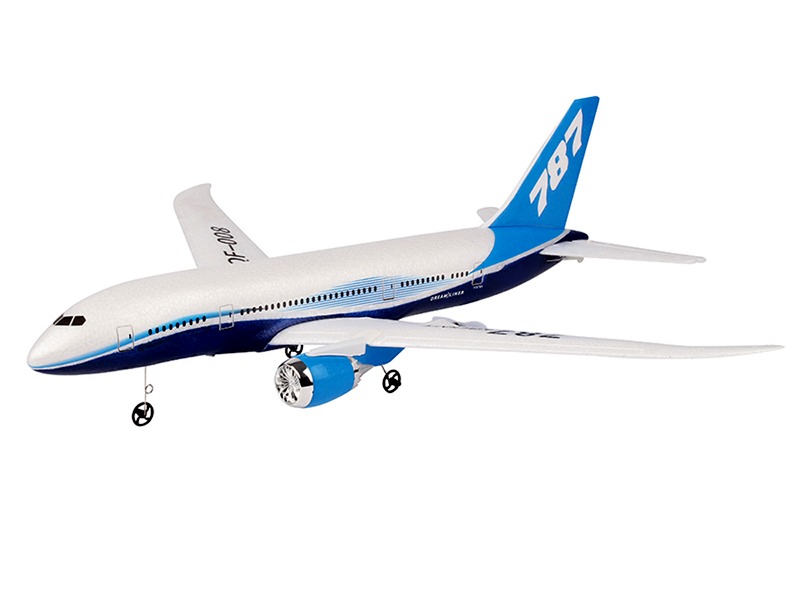How long can an RC jet plane fly?

An RC (remotely controlled) jet plane can fly for a variety of lengths of time, depending on the type of plane, the battery capacity, and the pilot’s skill. Generally, the flight time of an RC jet plane ranges from a few minutes to an hour or more.
The type of RC jet plane and its size are the main factors that determine the flight time. Smaller, electric-powered RC jet planes can fly for about 10 minutes on a single charge. Larger, gasoline-powered RC jet planes can fly for up to an hour. The battery capacity also plays a role in the flight time of an RC jet plane. The more powerful the battery, the longer the flight time.
The pilot’s skill is also a major factor in determining the flight time of an RC jet plane. Pilots with more experience and better control of the plane can make the most of their battery power and fly for longer periods of time. Pilots who are just starting out may not be able to fly as long as more experienced pilots.
In addition to the type of plane, battery capacity, and pilot’s skill, the weather conditions also play a role in the flight time of an RC jet plane. Windy conditions can reduce the flight time significantly, as the plane has to fight against the wind to stay in the air. On the other hand, calmer conditions can extend the flight time, as the plane is able to glide more efficiently.
Overall, the flight time of an RC jet plane can vary greatly, depending on the type of plane, battery capacity, pilot’s skill, and weather conditions. Smaller, electric-powered RC jet planes can fly for up to 10 minutes on a single charge, while larger, gasoline-powered RC jet planes can fly for up to an hour. Pilots with more experience and better control of the plane can make the most of their battery power and fly for longer periods of time. The weather conditions can also affect the flight time of an RC jet plane, with windy conditions reducing the flight time and calmer conditions extending it.
Comments / Question
2. Increase the efficiency of the engine.
3. Reduce the weight of the plane.
4. Improve the aerodynamics of the plane.
5. Replace the propeller with a more efficient motor.
6. Install a higher capacity battery.
7. Increase the wing span.
8. Install a larger and more powerful engine.
9. Install a pusher propeller for better thrust.
10. Add an auxiliary fuel tank.
2. Battery capacity: The battery capacity of the plane will determine how long it can stay in the air.
3. Motor power: The motor power of the plane will determine how much thrust it can generate, which will affect the flying range.
4. Wind speed and direction: Wind speed and direction can affect the flying range as it can cause the plane to drift off course or lose altitude.
5. Propeller size and pitch: The size and pitch of the propeller will affect the thrust generated by the plane, which will affect the flying range.
6. Aerodynamics: The aerodynamics of the plane will affect how efficiently it can fly, which will affect the flying range.

